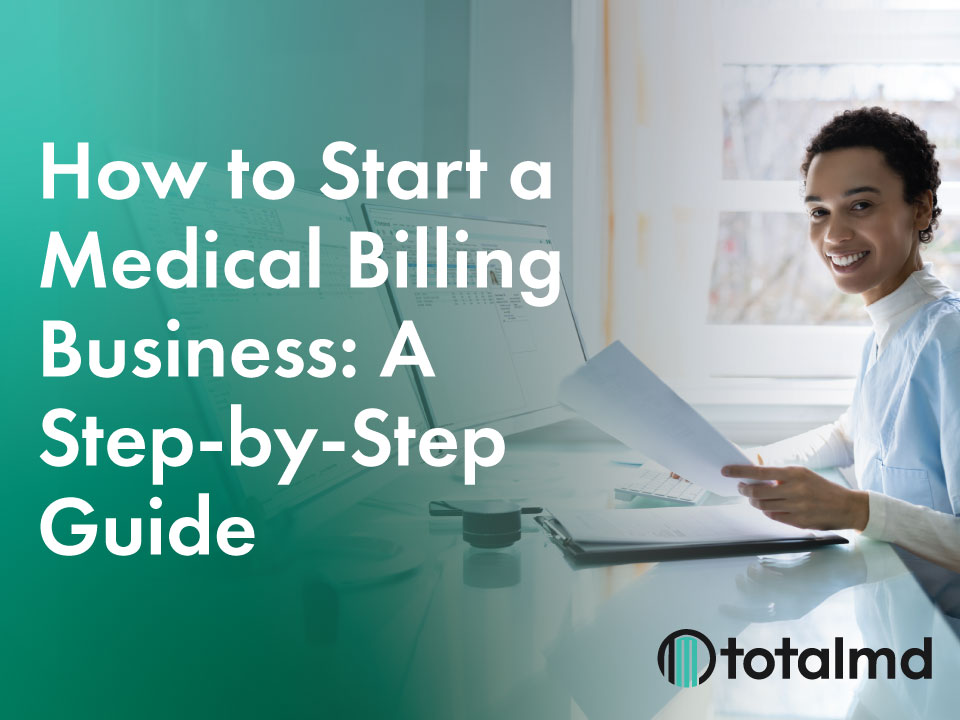Shopping for Medical Software: What to Look For

There are many features that you should consider when buying medical software. To help you stay organized as you shop for the best medical software, you can download this spreadsheet which will allow you to compare features between software solutions. We’ve already filled in the details on TotalMD to help you save time. Below are list of things you’ll want to consider as you compare software.
General Features
It is important that you shop medical software to determine which one will give you the most “bang for your buck,” so to speak. You will want to determine what your initial costs will be, including setup fees and your initial payment. You will then want to make sure of what your recurring costs will be. Some software companies charge per provider, while others charge per user, while still others do some combination of the above or even a flat rate. Consider what will serve you best today, but also think about what your bill may look like as your business grows. You don’t want to have to change software in a few years because the pricing model no longer works for your growing business.
Determining if, and how much, training is included in your initial purchase is important. You will need to find out the price of additional training in case you would need to have that available to you. The number of users that you can have on the system is also important. You need to make sure that everyone on your staff who needs to will have HIPAA compliant access.
Two final things under general features is determining that the program is 5010 ready. You will find that the majority of programs today are. The final inquiry you will want to make in the area of cost is what platform the program you are considering is compatible with – can you only use PCs or can you use a server environment or a Mac computer as well.
Billing and Collections Features
There are several areas in the Billing and Collections area that you will want to question when searching for software:
- Fee Schedules – Does the program allow you to create a different fee schedule for each payor that you will be billing? This is a tremendous time saver when billing.
- Electronic Claims – Can this program create either/or/both print image and ANSI formatted claims? If it is important to you, make sure the program can also print the CMS 1500.
- Claim Scrubbing – Does the program do a basic or better scrub on the claims before they are submitted or printed?
- Claim Status – Does this program track the status of your claim, i.e. accepted, rejected, paid, denied?
- Batch Posting/Electronic Remittance Advice (ERA) Autoposting – Does this program allow you to post several claims at once from an EOB/ERA? Does this program have an autoposting capability for ERAs?
- Posting by CPT Code – When posting in this program, does is allow you to post by Line of Service or does it do a mass posting per payment?
- Clearinghouse – Does the program work with a specific clearinghouse, is it integrated with one or more clearinghouses or will it allow you to use any clearinghouse you wish?
- Consents and Authorizations – Does the system track one (or more, hopefully) prior authorizations within the system?
- Collections – Does the program have an adequate reporting system to allow you to track collections and manage past due accounts?
- Superbills – Does the system customize a superbill for you?
- Patient Statements – Can the program print the patient statement?
- Third Party Patient Statements – Can the program send a batch of statements to a third-party processing to be either emailed or sent by USPS to the patient?
- Paper Claims – as mentioned earlier, if it is important to you, make sure the program can also print the CMS 1500 as well as sending it electronically.
Reporting
In the Reporting Module, you will want to make sure that the program you choose has such features as:
- Exporting Reports to Excel or PDF formats – for ease of data manipulation, you may want to be able to export internal reports out of the software into these formats for various reasons.
- Practice Specific Reports – it is important that the software can create or edit existing reports so that your practice/billing service gets the information that you need.
- Retrieve ICD-10 and CPT Codes – Can the software you are considering retrieve codes for you?
- Letters and Documentation – Does the software for the attachment of documents to the patient chart?
Practice Management Features
If you are also purchasing a Practice Management system to use in a provider’s office these features are important too:
- Appointment Scheduler – is a flexible appointment scheduler part of the program?
- Scheduler Alerts – is information displayed in a user-friendly manner so that the front desk can easily process a patient?
- Eligibility Verification – Does the software partner in some way to enable you to check eligibility within the program?
- Patient Demographic Entry – How easy is it to enter patient demographics? Is this a user- friendly screen(s)?
Good luck in your venture of finding a medical software program that works for you and your business.



